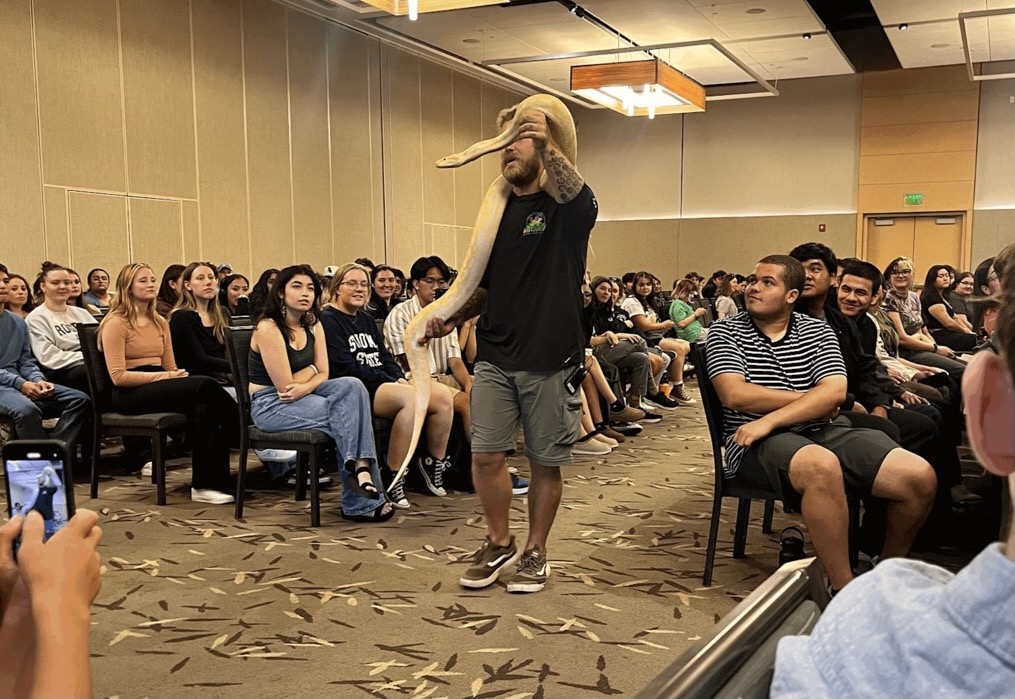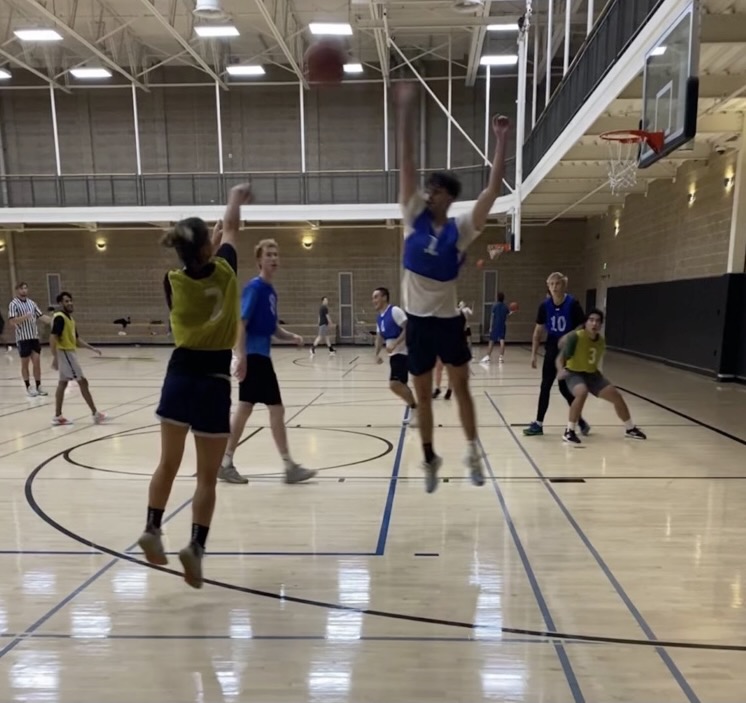Sexual assault is never an easy issue to tackle. It happens on college campuses across the country, and has been a growing epidemic for years.
Sonoma State University has been trying to make advances to educate students about sexual assault. A mandatory, online training course proved to be unsuccessful as it seemed to be only glanced over by the thousands of students who didn’t want a hold on their registration.
Title IX is a law that requires all students, regardless of gender, to be treated the same and with the same educational benefits. Meaning all colleges and universities that receive federal funding must respond equally to all sexual harassment claims regardless of gender.
And now Title IX is going Greek. Representatives from the Title IX office came into both sorority and fraternity meetings the past month to educate Greek members on what sexual assault is and how to report it.
It’s important to acknowledge the signs of a sexual assault and how to prevent it.
This is the obvious lesson to teach students but it’s what happens after an assault takes place where the lesson seems to end.
It’s the university’s policy to allow the victim of any sexual assault or harassment the opportunity to move classes or dorms without any hesitation. While this is necessary, it begs the question as to how the perpetrator is still allowed to attend the university after being convicted of these crimes.
Joyce Suzuki, the Title IX coordinator for Sonoma State, said it would be handled on case-to-case basis with different options for each student who files the complaint when asked how the university handles reports.
Removing the person who is accused of committing the sexual assault from a class or housing during the investigation is procedure.
But as Suzuki said, “If after the investigation the respondent is found to have committed a sexual assault then there would be sanctions, which could include extending the interim measures but would also include additional sanctions such as disciplinary probation, suspension to expulsion.”
So the victim is able to skirt his or her way around their assailant, but is this enough? There needs to be a better solution than just attempting to hide it, or in this case moving schedules or dorms around.
Universities across the country need to have a firmer hand with their punishment of sexual assault or harassment cases.
Although this is easier said than done, it’s been shown time and time again how irresponsible universities are when handling such cases.
It’s hard to imagine what a life could be like after an assault. Unfortunately, one in every five women on this campus don’t have to because they’ve been victims themselves. Moving across campus to a new home and switching a math class isn’t going to change what happened to them.
If there is enough evidence to prove that those accused of sexual assault had actually committed the crime, it’s every university’s duty to make sure they are removed from the campus.
While most universities have training programs and sexual assault awareness programs, there needs to be further explanation for the reporting process and what happens when assailants are caught.
These people are dangerous, and need to be treated as such.


































